 Peonies are considered one of the most beautiful flowers that grow in gardens, dachas or gardens, while not requiring painstaking care from the florist. However, at the onset of autumn, it is these flowers that ask for attention and care in order to continue to delight with their bright, large flowers for a long time.
Peonies are considered one of the most beautiful flowers that grow in gardens, dachas or gardens, while not requiring painstaking care from the florist. However, at the onset of autumn, it is these flowers that ask for attention and care in order to continue to delight with their bright, large flowers for a long time.
The main success of beautiful peony bushes is the correct transplant. Over seventy species of peonies exist on the planet, so every lover of flowers will be able to easily find the bud of the desired color, size and shape.
Of course, the main issue that needs to be discussed is when to get transplanted into peonies. It is preferable to transplant flowers in the fall, it is best to choose the period from the end of August to September, because it is at this time that the rains begin and the heat subsides, which is beneficial for freshly planted plants, because it allows the rhizome of the flower to develop quickly and provide the plant with the necessary nutrition.
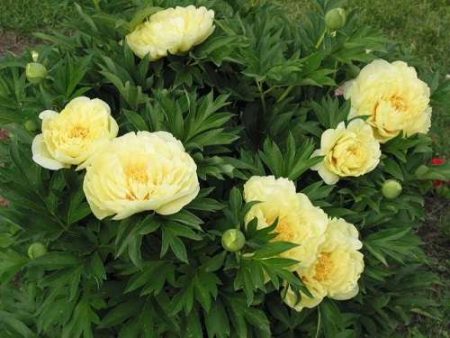
First you need to decide on the place of flower transplantation, but here there are some simple rules:
- It is recommended to avoid landing near the building, because in summer, when there is unbearable heat, the building heats up and the heat that leaves the house quickly destroys the flowers.
- it is necessary to prepare in advance the pits that will be used for transplantation.
- It is best to choose a place with a hill and the presence of a shade in the afternoon, so that the plant will receive both light and coolness equally.
The following are a few words about how to prepare the ground:
- preparation must begin in two weeks;
- you should dig a not very deep hole, about fifty centimeters.
- in the prepared pit, it is necessary to pour organic and mineral fertilizers and carefully press the soil so that it can be saturated with fertilizers during the downtime.
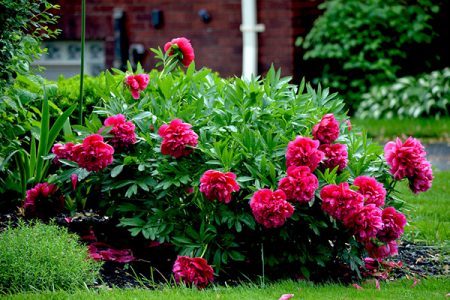
After two weeks, you can proceed to the transplant itself. Now the second question arises: how to transplant peonies in the fall to a new place and not harm them. To do this, carefully, without damaging, dig out a bush of peonies. Be sure to ensure that the integrity of the root is not damaged! After that, it gently shakes the ground from the root, it is advisable to do it with your hands, just shake off all the excess, and not beat the plant on the ground. If you plan to transplant the whole bush, then you should carefully transplant the flower into the prepared hole. But if the goal is to plant peonies, then you need to divide the rhizomes with a knife, which was previously washed in a solution of potassium permanganate. Be sure to ensure that each "new" root has at least three buds. With less blooming will occur much longer. After this, new plants should be transplanted into the pits, as in the first embodiment. After transplanting, peonies must be watered.

There are also small tricks that are developed with experience by gardeners who have been doing what they love for a long time:
- It is best to transplant non-young plants that bloom for more than three years;
- A few months before the procedure, peonies must be cut off. Leave about ten to fifteen centimeters in length from the trunk, in order to allow the roots to gain strength;
- in the first two years, it is recommended to prune young flowers so that later peonies bloom with large buds.

If you follow all the rules and treat the plants with love, then the transplant will be successful the first time. You can save not only the beauty that you have now, but also acquire a new one that pleases everyone.Do not forget that transplantation is painstaking work that can take more than one day. Therefore, once again it is better not to rush, but to do everything efficiently and correctly. And then, next summer, your garden will light up with the generosity of peonies.
Even more about planting peonies in the fall read in our article here.

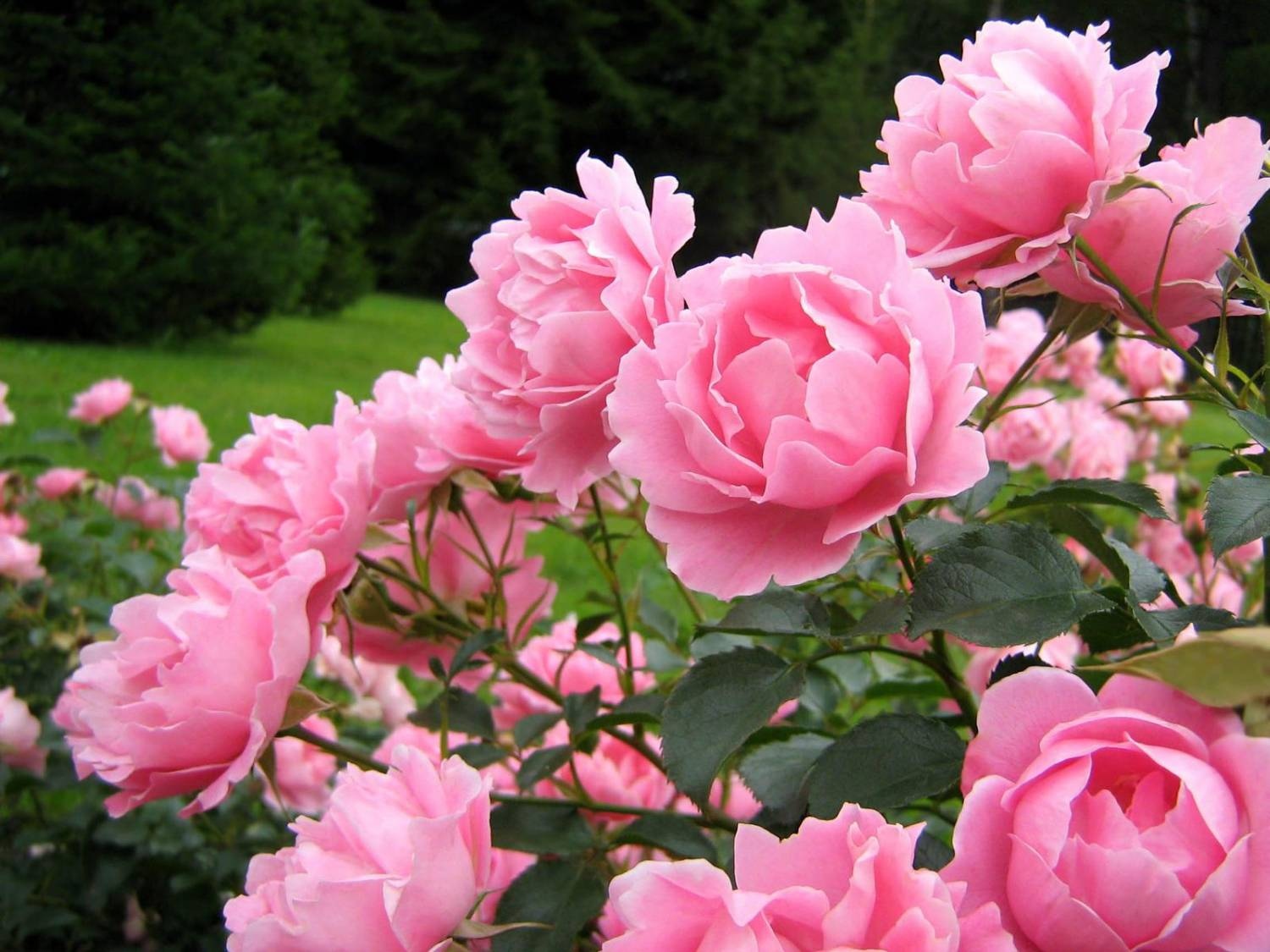
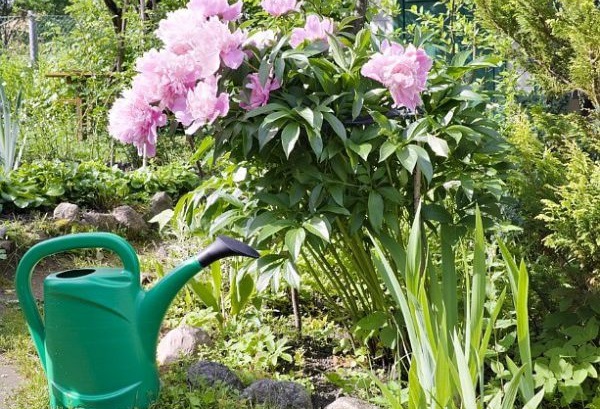
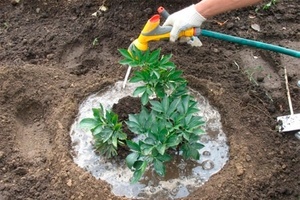
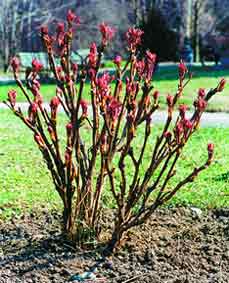 Pruning peonies in the suburbs for the winter
Pruning peonies in the suburbs for the winter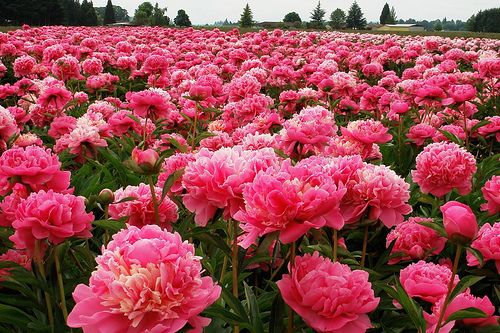 How to transplant peonies so that they bloom next year
How to transplant peonies so that they bloom next year How to transplant peonies in the fall to a new place
How to transplant peonies in the fall to a new place